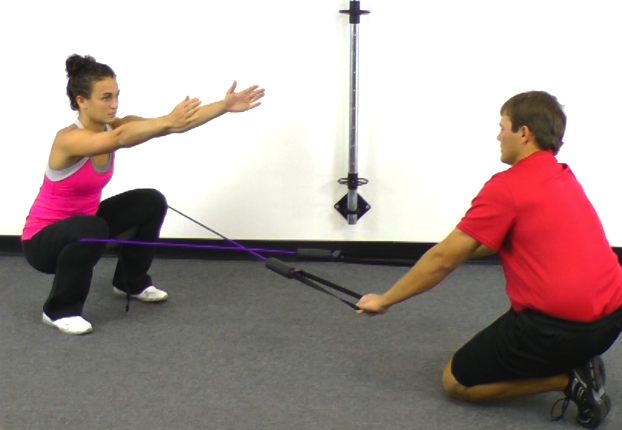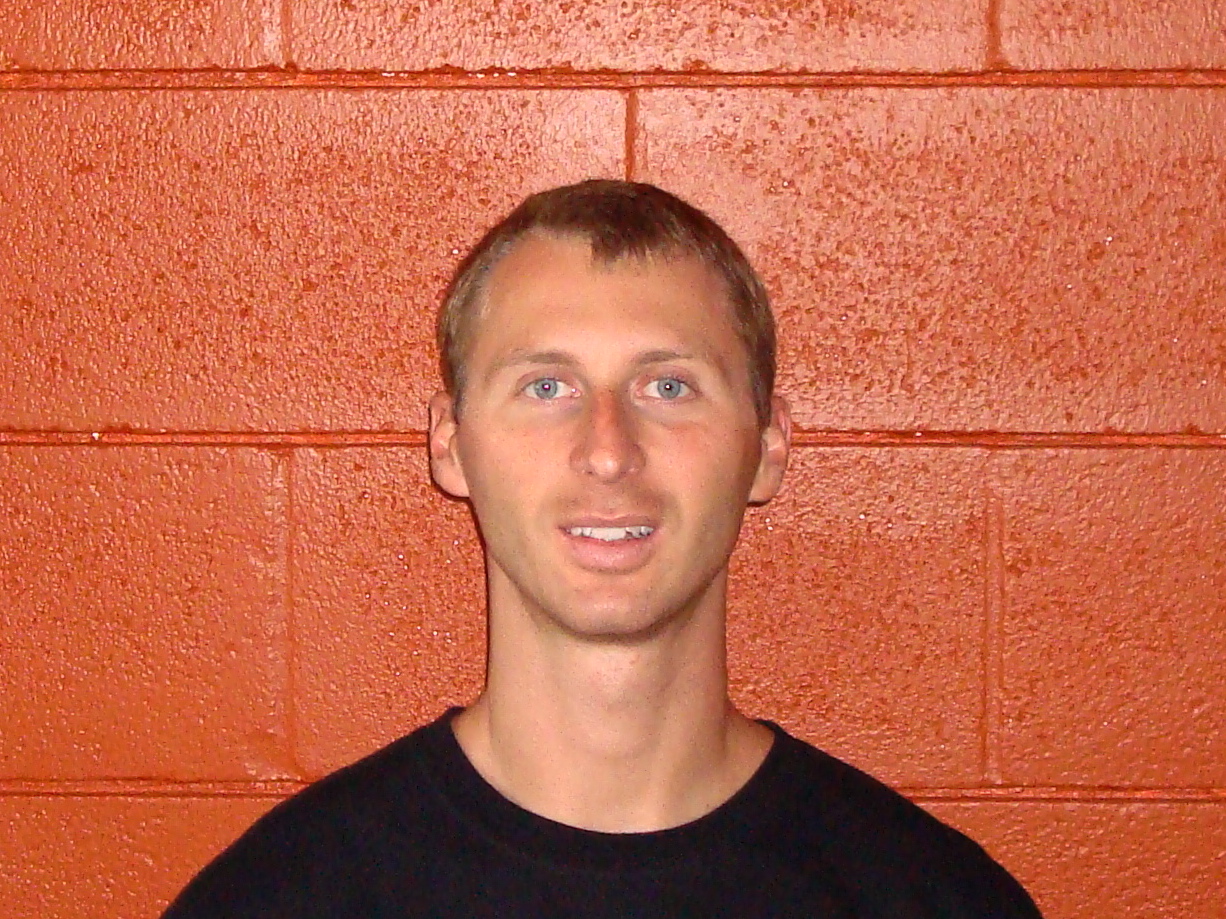FMS Team Screening Day
Posted by Brad Kaczmarski
The subjects of intelligence, IQ, talent and teaching have been analyzed in popular books like Outliers, The Talent Code, Inside Out Coaching and many others. Reading and learning from all of these books has led me down a few different paths of thought. It’s been a lot of fun and a lot of work! Please bear with me. I’ll get to the point!
While discussing IQ, what it means, it’s testing procedures and it’s applications (or lack thereof), one of the books referenced an article from 1987, titled “The Outsiders” by Grady M. Towers. This article was about how people with exceptionally high IQ interact within society. While reading this article, one point hit me like a lead pipe, given some conversations I had recently had with my athletes.
Below is the paragraph that really caught my attention. It refers to Hollingsworth’s research on the topic.
Hollingworth’s second seminal idea is that of a “communication range.” She does not state this explicitly, but it can be inferred from some of her comments on leadership:
“Observation shows that there is a direct ratio between the intelligence of the leader and that of the led. To be a leader of his contemporaries a child must be more intelligent but not too much more intelligent than those to be led… But generally speaking, a leadership pattern will not form—or it will break up—when a discrepancy of more than about 30 points of IQ comes to exist between leader and led [3, p.287].”
I found this concept to be fascinating! What is the significance of 30 points? Is it just a random number? And what can that tell us about teaching and motivating the people we train?
The significance of the 30 points, here, is that a standard deviation in IQ testing is 15 points. So the authors are saying that the ability to communicate effectively rests between two standard deviations. They are not talking about IQ needing to necessarily be a certain number (although they do give a range of 125-155 being most acceptable), but more importantly, the difference between the leader and the leds needs to be no greater than 2 standard deviations apart.
How does this apply to communication while coaching?

As a coach, communication involves teaching and motivating. We all want to know as much as possible about our field; we work hard to improve our “Fitness IQ.” However, this can actually be counterproductive if you cannot teach on a level that engages your clients and athletes. Likewise, we all desire to be an inspirational coach, but what is the right amount of intensity?
Real world application: We have all been frustrated by the trainer that is “less informed” than we are, but somehow gets through to clients and athletes better than we do! Knowledge and passion are important, but the secret is to teach and motivate clients and athletes by communicating slightly above their “Fitness IQ” and level of motivation.
Why Slightly Above?
If we agree with Hollingsworth, people want to be led by someone they feel is “slightly smarter” than they are on a given topic but not necessarily a genius. So, as a coach, we need to stretch our athletes just enough to move them forward.This is how you have better interactions with them and get better long term results!
Daniel Coyle relates this same concept to skill, in his great book The Talent Code. He proposes you have to be at the edge of your ability to learn a new skill. If it is too easy, you learn nothing. If it is too hard, you learn nothing. It must be right at that “sweet spot,” as he calls it, just above your current ability level.
Likewise, Gray Cook talks about this all the time as it pertains to motor control and neurological re-education. He often says corrective exercise should not be a rehearsal but a proprioceptive-rich task. Again, it should be just above your current ability level.
Finally, “The Power of Full Engagement,” my all time favorite, emphasizes the significance of slightly stretching oneself physically, emotionally, mentally and spiritually. Again, stretching too little does nothing, and stretching too much will break us down and we won’t improve that way either.
It seems that getting slightly stretched is how we grow and develop on every front, so it only makes sense to apply the same concept to the way you communicate as a coach.
What is slightly above?
This is what really got me excited. Your clients and athletes have a “Fitness IQ” and level of motivation. First, work to improve their knowledge or “Fitness IQ” by one or two standard deviations at a time. Secondly, your motivational intensity should only be one or two standard deviations above your clients and athletes. If it is at the exact level they currently are, you will not inspire them or move them forward. However, if it is too high, they will tune you out, or worse, they will quit!
The first is the “player’s coach” who just wants to be your buddy but gets no respect. The latter is the hard-ass coach who says “It’s my way or the highway.” Neither will get the results they desire.
This should be an ongoing process. Many coaches have a communication style that is consistent, static and rigid. They expect the people they work with to adapt to their style or come up to their level. To be a great coach, I propose that you must be flexible and adaptive. Identify a client or athlete’s “Fitness IQ” and level of motivation, and then communicate one to two standard deviations above this. You do this over and over again constantly, moving them forward. This can be done for individuals as well as for a team or group.
Bringing it together:
This whole concept may seem obvious, but that doesn’t make it easy. As coaches, we know what we want our clients and athletes to achieve. Setting goals is the easy part. We may even know the exact training protocol to get them there. The hard part is communicating (teaching and motivating) effectively to bridge the gap between where they are and where you want them to be. You need to tailor your communication to the individual or group; be flexible. Then, rather than focusing on the ultimate goal, identify how many standard deviations an athlete is from that goal, and attempt to move them just one level at a time.
Hopefully, this information got you thinking about your communication as a coach and can help us effectively apply the methods that we spend our entire careers studying.

Meet the Author
Brad Kaczmarski, C.S.C.S., is a Strength & Conditioning Coach that has worked in all three levels of athletics; High School, College and Pro. He first learned and began using the FMS in 2004 and became certified in 2009. He has also audited the SFMA in 2012. He runs a continual video series on youtube covering how he uses the Performance Pyramid and the FMS with teams and clients.
For more on Brad visit:
http://www.youtube.com/
Posted by Brad Kaczmarski
Posted by Chandler Stevens
Posted by Gray Cook
Posted by Gray Cook